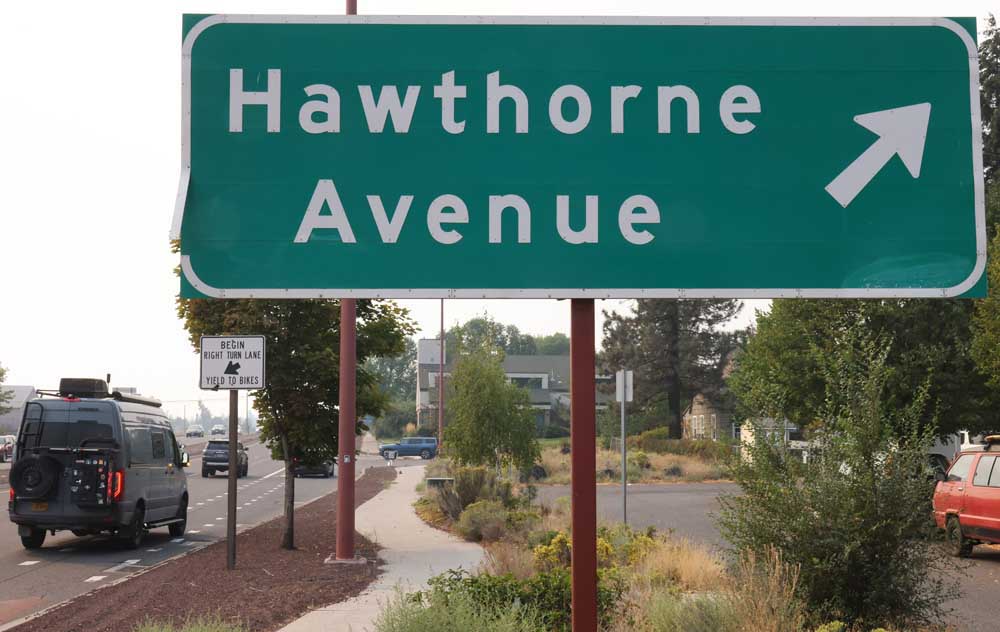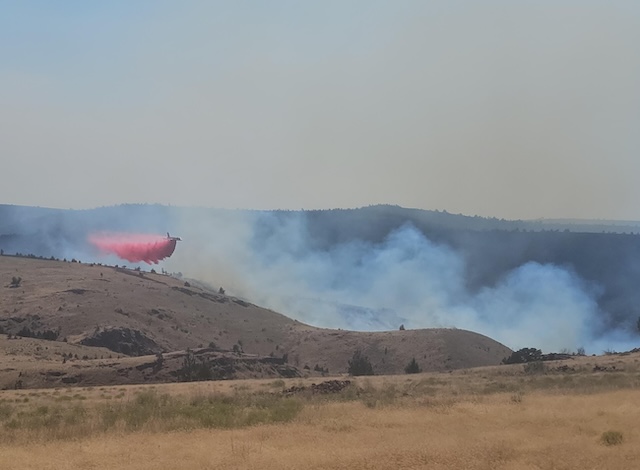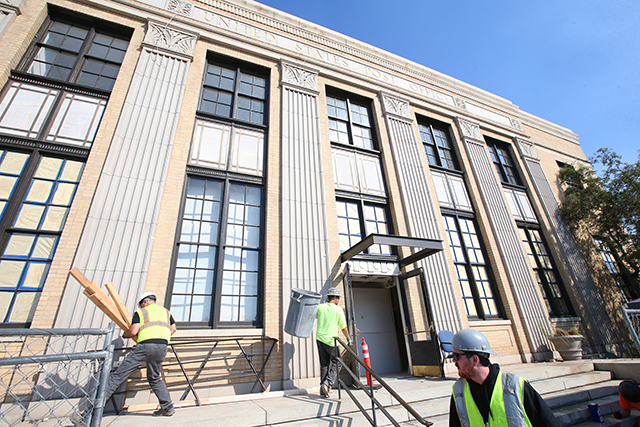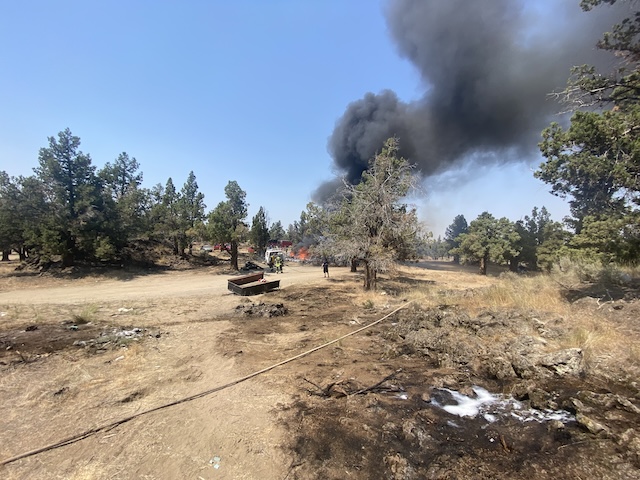Plans finalized to close Bend Parkway access at Hawthorne Avenue
Published 5:30 am Friday, January 10, 2025

- The intersection of the Bend Parkway and Hawthorne Avenue in Bend.
The Oregon Department of Transportation and the city of Bend plan to close the Hawthorne Avenue access to the Bend Parkway by the end of 2027 in tandem with construction of the Hawthorne Overcrossing, seeking to curb rear-end crashes and improve safety for bicyclists and pedestrians using the bridge.
The state agency, which is delivering the project on behalf of the city, has completed a high-level vision to determine preferred design and cost of the $29 million to $36 million footbridge spanning the Bend Parkway and Burlington Northern Santa Fe Railway, set to be completed in the next three years.
Trending
Hawthorne Overcrossing: Bend splurges slightly for ‘iconic’ design
Highway officials already intended to reduce access at Hawthorne Avenue even before bridge concepts came forward. The U.S. 97 Bend Parkway Plan, drafted in 2021, suggested closing the southbound entrance to the parkway at Hawthorne Avenue, but keeping the exit open. The parkway plan amendment approved by the Oregon Transportation Commission last month will cut off both the exit and entrance at Hawthorne, part of a 20-year effort to make improvements along the parkway.
Safety is a top priority of that plan, according to Kacey Davey, a spokesperson for the Oregon Department of Transportation. Crash reports show 47 crashes occurred at the Hawthorne-parkway intersection during the five-year period from 2018 through 2022. Those included 38 rear-end crashes.
“The number of crashes in the area has continued to rise, which raises concerns about the safety of both vehicles on U.S. 97 and the Hawthorne Overcrossing project,” Davey said.
Trending
The closure of the Hawthorne access also has much to do with the landing of the bridge, said Ryan Oster, lead engineer with the city of Bend. This summer the city presented three concepts for the bridge landing on the west side of the parkway: north of Hawthorne, south of Hawthorne and in the middle of the street. Oster said all options would require either a full or partial closure of parkway access to make room for the bridge, and the public preferred the third option, leading the city council to recommend a full closure to ODOT.
Questions about impact on businesses
Feedback collected by the city indicates public support for closing the access, with two-thirds of 400 participants in a survey approving of the action. Many cited high speeds at which parkway drivers pass by Hawthorne — a perpendicular at-grade intersection requiring abrupt speed changes, unlike a typical exit and entrance ramp for a highway.
“I traveled that every single day for years,” said Todd Dow, operations manager at High Desert Frameworks, a custom picture framer on Oregon Avenue a few blocks west of the parkway. “You had to know what you were doing.”
While safety improvements were needed, Dow said, closing Hawthorne Avenue will hurt the viability of downtown Bend more than it will help. He said other options, like closing the entrance while keeping the off-ramp open, would have made the area safer while keeping open a key access point for people driving downtown. When the Hawthorne access closes, drivers to downtown via the parkway will likely use the next closest access points either at Lafayette Avenue a few blocks north, Revere Avenue further north or Colorado Avenue south of downtown.
“If our locals and our visitors no longer want to come downtown because it’s a pain to get downtown, they will go elsewhere,” Dow said.
According to Davey, the Hawthorne closure supports the recommendation of modifying or closing at-grade crossings — those level with the highway — in the greater U.S. Highway 97 area. Lafayette Avenue is also an at-grade crossing, but there is no specific recommendation to alter that access at this time, Davey said.
Studies on the Hawthorne access anticipate only small changes to traffic patterns due to the closure, Davey said. According to a study conducted by DKS Engineering, traffic will increase at two city intersections: Wall Street and Greenwood Avenue and Wall Street and Lafayette Avenue. The ability of the Greenwood corridor to handle high traffic was limited slightly when the city reduced traffic lanes, however, the firm predicts closing the Hawthorne access won’t push the Greenwood and Wall intersection over the city’s traffic flow targets in the next 20 years.
On the other hand, the Wall and Lafayette intersection further north, near the Deschutes County administration building, is expected to fail to meet targets, and “would likely need to be mitigated at some point in the future.”
Downtown Bend parking causes confusion and dismay, but remains in high demand
“That is definitely something that will need to be addressed,” Oster said in an email. “Traffic that used to use Hawthorne will be diverted to Lafayette, as well as the Revere and Colorado interchanges.”
Dow said time will tell whether the closed highway access will impact business downtown. But he doesn’t believe the Hawthorne Overcrossing, which is intended to make walking and biking easier between downtown and the Bend Central District, would be enough to make up for the impact of closing the nearby highway access.
“I’m not saying we shouldn’t have opportunities to improve bike safety and pedestrian safety,” Dow said. He said improvements should be made to allow for growth in Central Oregon and downtown, “but not at the expense of vehicle traffic.”








